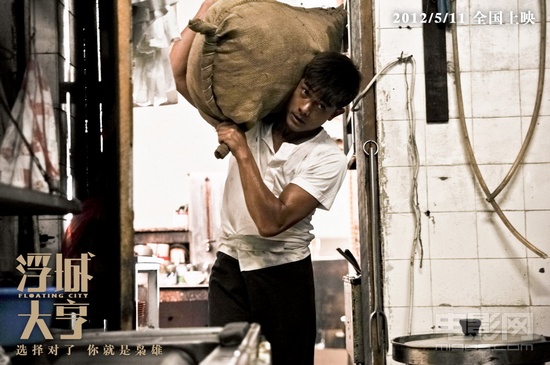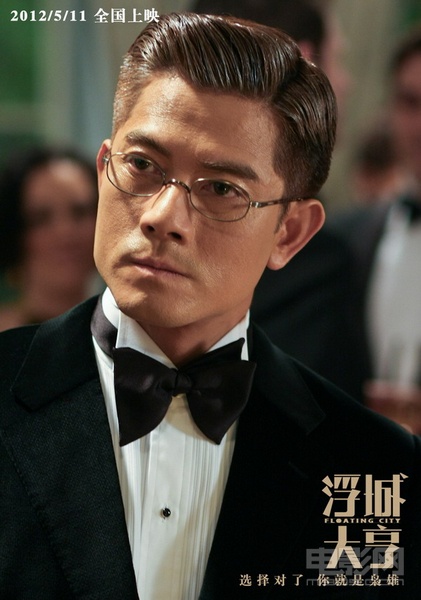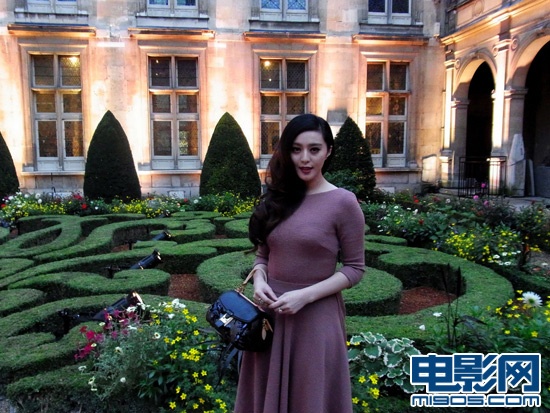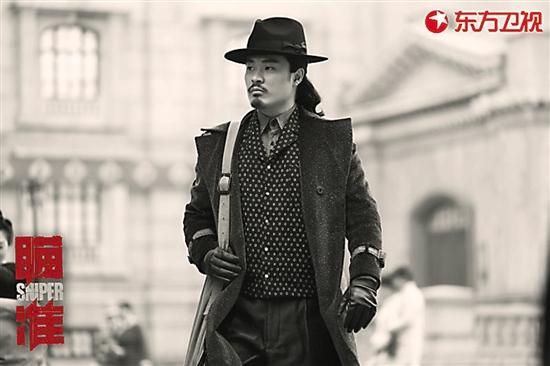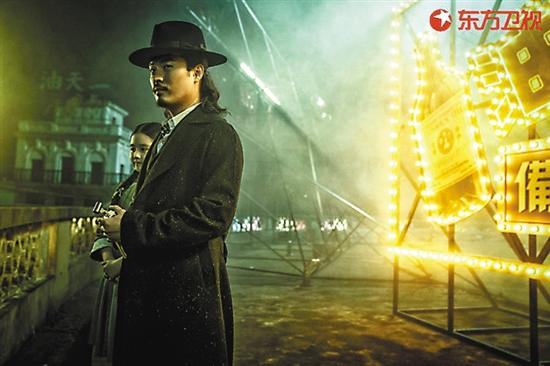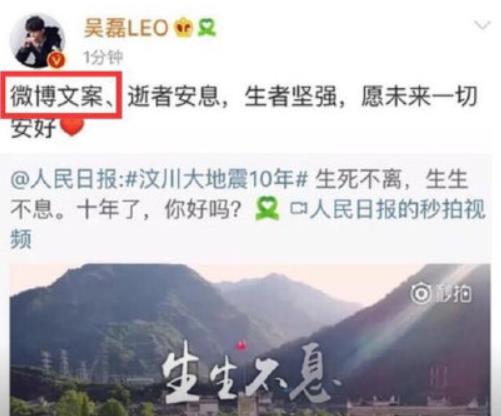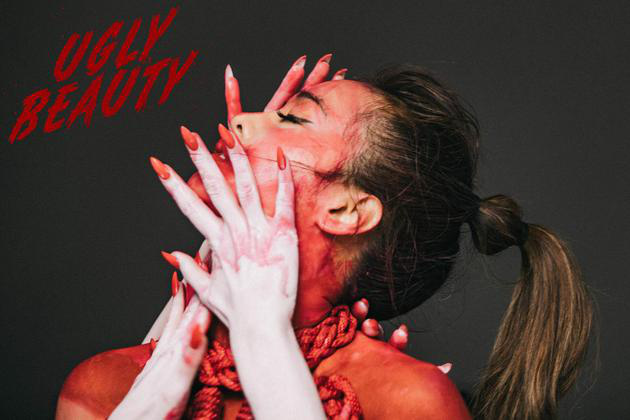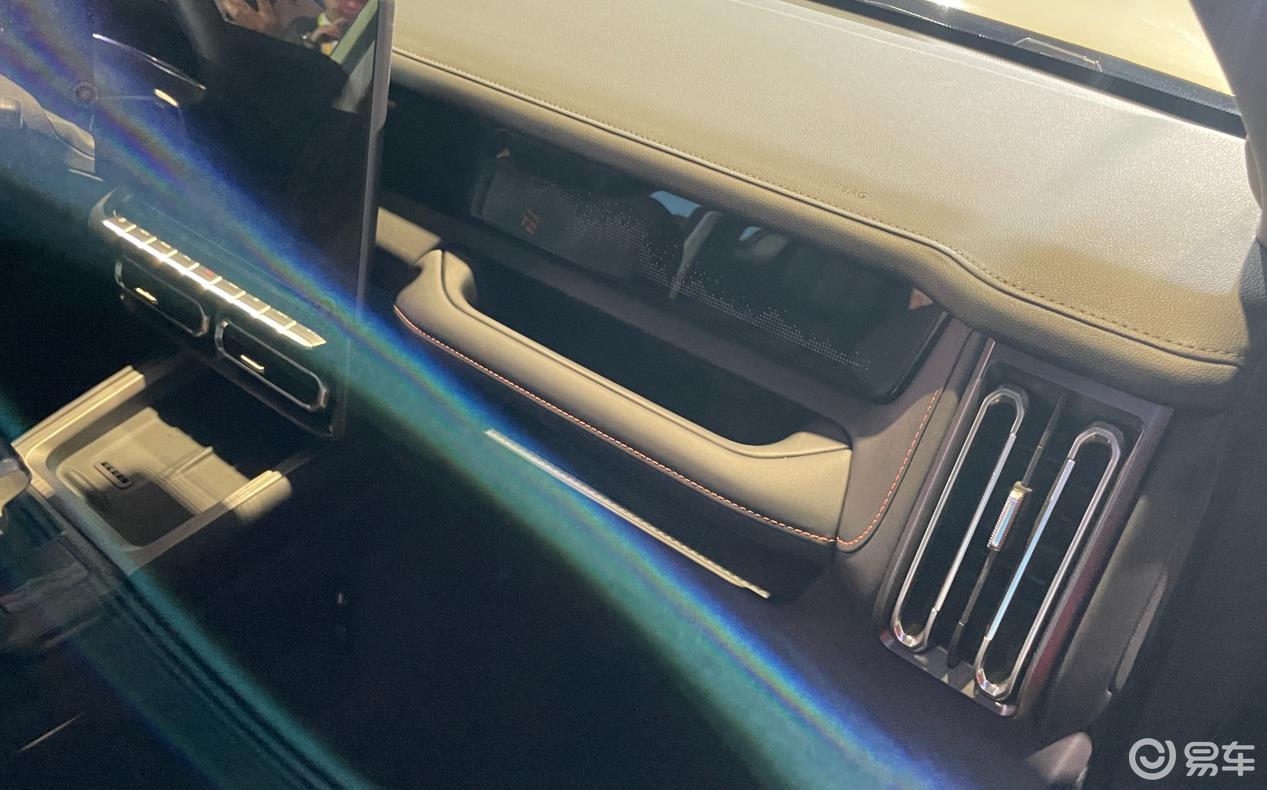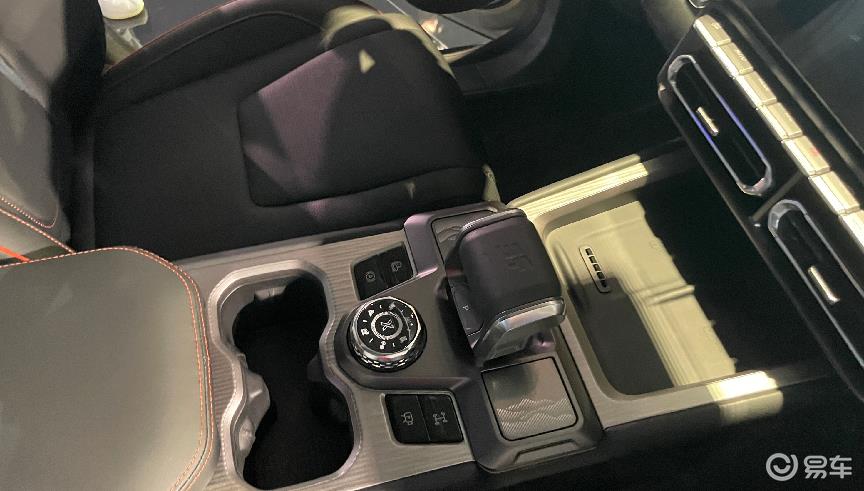2023 is about to come to an end. Looking back on the first-tier market investment and financing this year, the overall cold atmosphere remains the same. There are more projects than money, and it is difficult to find top gifters for valuation declines, but there are also a few "Aoxue cold plums" dotted throughout the winter.
The Securities Times reporter combined the execution data (by financing amount) to sort out the top ten investment and financing cases in the primary market in 2023. Almost all of these companies that received large financing were concentrated in the field of semiconductors and new energy vehicles, especially the top semiconductor companies still have a huge ability to attract money. In addition, industrial capital and national funds have become the main top gifters behind these large financing cases.
Which companies are the most "gold-sucking" in 2023? Let’s see the following.
01, JITA Semiconductor completed 13.50 billion yuan financing
In August 2023, Shanghai JITA Semiconductor Co., Ltd. (referred to as "JITA Semiconductor") completed a 13.50 billion yuan financing. This round of financing brings together a number of national funds, industrial investors, local funds, and well-known financial investors. According to public information, JITA Semiconductor is a characteristic process integrated circuit chip manufacturer, focusing on the research and development and manufacturing of characteristic production processes required for analog circuits and power devices. The chips produced by BCD, IGBT/FRD, SGT/MOSFET, TVS, SiC devices are widely used in automotive electronics, industrial control, power management, intelligent end points, and even high-end app stores such as rail transit and smart grids.
It is worth mentioning that JITA Semiconductor also introduced Dr. Zhang Rujing, known as the "father of China’s semiconductor industry development", as an executive director in 2022. It is reported that JITA Semiconductor has built two plants in Lingang New Area and Xuhui District of China (Shanghai) Free Trade Pilot Zone, with a total capacity of 280,000 pieces built and under construction, and has made significant progress in the 12-inch automotive chip project.
02, Runpeng Semiconductor received 12.60 billion yuan capital increase
In August 2023, China Resources Microelectronics Co., Ltd. announced that its subsidiary Runpeng Semiconductor (Shenzhen) Co., Ltd. intends to increase capital and expand shares and introduce external investors such as the second phase of the National Integrated Circuit Industry Investment Fund Joint Stock Company. After the transaction is completed, Runpeng Semiconductor’s registered capital will increase from 2.40 billion yuan to 15 billion yuan, of which China Resources Microelectronics plans to increase investment 2.575 billion yuan this time, and the equity ratio of Runpeng Semiconductor held will decrease to 33%; the second phase of the big fund plans to increase investment 3.75 billion yuan, holding 25%, the second phase of the China state-owned enterprise structural adjustment fund plans to increase investment 1.50 billion yuan, holding 10%.
According to public information, Runpeng Semiconductor was established in June 2022 and is a power chip developer. The company’s business includes integrated circuit design, mask manufacturing, wafer manufacturing, packaging and testing, and discrete devices. It is mainly responsible for the construction of China Resources Microelectronics Shenzhen 300mm integrated circuit production line project, focusing on the simulation characteristic process above 40nm. The products are mainly used in automotive electronics, new energy, industrial control, consumer electronics and other fields. At present, Runpeng Semiconductor is still in the construction period and has not yet generated operating income.
03, Nezha Auto received 7 billion RMB crossover round financing
In August 2023, Nezha Automobile announced that it had completed a crossover round of financing totaling 7 billion yuan. Nezha Automobile is one of the leading new car manufacturers in China. In 2022, Nezha Automobile’s annual sales reached 152,000 vehicles, ranking first among new car manufacturers. In the first seven months of 2023, 72,500 vehicles were delivered, down 6.11% year-on-year.
Data show that from September 2017 to July 2022, Nezha Automobile received multiple rounds of financing. In July last year, Nezha Automobile announced the completion of the D3 round of financing, with a financing amount of more than 3 billion yuan; in addition to the previous D1 round and D2 round of financing, Nezha Automobile’s D round has accumulated financing of nearly 10 billion yuan. There are many companies and institutions investing in Nezha Automobile, including Ningde Times, Shenzhen Venture Capital, 360 Group, Huading Capital, Zhihe Travel, etc.
04, Huasheng New Energy received B + C round of financing over 5 billion yuan
In November 2023, Huasheng New Energy announced the completion of over 2 billion yuan C round of financing, led by China Green Hair Investment Group, Bank of China Assets and China Post Insurance, Wuxi Guolian Financial Investment Zhiyuan and emerging assets continued up the ante. As early as January this year, Huasheng New Energy has received over 2 billion yuan B round of financing. Two months later, Hongtai Fund announced its participation in Huasheng New Energy’s B + round of financing. So far, the total size of B series financing exceeds 2.40 billion yuan, and the post-money valuation 10 billion yuan. That is to say, Huasheng New Energy has received over 5 billion yuan in financing in 2023.
Founded in 2020, Huasheng New Energy mainly deploys silicon-based heterojunction solar technology research and development and large-scale production of products. According to the official website, one year after its establishment, Huasheng New Energy’s HJT cell monolithic efficiency exceeded 25.26%. By the end of 2022, Huasheng HJT production capacity had reached 2.7GW, accounting for nearly a quarter of the total market. In September 2023, Huasheng New Energy announced that it had achieved a company-wide operating profit. It is worth noting that Huasheng New Energy has announced its listing plan in September last year. It plans to start share reform in August 2023, and strive to start IPO filing in 2024.
05, Haichen Energy Storage completed the C round of over 4.50 billion yuan financing
In July 2023, Xiamen Haichen Energy Storage Technology joint stock company (referred to as "Haichen Energy Storage") completed the C round of financing, with a total amount of financing exceeding 4.50 billion yuan. This financing was jointly led by Guoshou Equity and Financial Street Capital, and was jointly led by Bank of China Assets, Jinshi Investment, SDIC Investment, China Venture Capital Fund, CICC Capital, CDH Baifu, and Sino-US Green Fund. First Construction Investment New Energy, Hefei Industrial Investment and existing shareholders Fenghe Capital, Jingwei Venture Capital, Agricultural Bank International, China Bing National Investment and other follow-up investments. According to industry sources, Haichen’s post-money valuation exceeded 30 billion yuan this round.
Haichen Energy Storage was established in 2019. The company is mainly engaged in the research and development, production and sales of lithium battery core materials and lithium iron phosphate energy storage batteries and systems. At present, the company’s products include square batteries, round batteries, battery modules and battery clusters, which can be widely used in household storage, base stations, photovoltaics, wind power, grid side, industrial and commercial energy storage and other scenarios. It has been 5 years since its establishment, and the company has completed 6 rounds of financing. At the same time, the company’s class A share IPO coaching was officially opened in July this year, with Huatai United Securities as its coaching agency.
06, Changfei Advanced Semiconductor completed over 3.80 billion yuan A round of financing
In June 2023, Anhui Changfei Advanced Semiconductor Co., Ltd. announced the completion of over 3.80 billion yuan A round of equity financing, with new investors including Optics Valley Financial Holdings, Fuzhe, Zhongping Capital, China Building Materials New Materials Industry Fund, CICC Capital’s funds (CICC SAIC, CICC Ruiwei, CICC Zhixing, CICC Qihe), Haitong M & A Fund, Guoyuan Financial Holdings Group’s funds (Guoyuan Equity, Guoyuan Fund, Guoyuan Innovation), Luxin Venture Capital, Dongfeng Assets, CCB Trust, October Capital, Hua’an Jiaye, Zhonghu Zhiyun, Baoyue Qicheng, Yunxiu Capital, etc.
Changfei Advanced focuses on silicon carbide (SiC) power semiconductor Product Research & Development and manufacturing. It can produce 60,000 6-inch SiC MOSFETs or SBD epitaxial and wafers, 6.40 million power modules, 18 million power single tubes, and currently can provide 650V to 3300V SiC SBD, SiC MOSFET related products. Changfei Advanced has now started the construction of the second base in "Wuhan · China Optics Valley". The investment scale of the first phase of the project exceeds 6 billion yuan, and the total investment of the project is expected to exceed 20 billion yuan. The first phase of the project will be completed in 2025. It will become the largest domestic silicon carbide production capacity (annual output 360,000 silicon carbide wafers), a complete packaging production line, and an integrated new highland including epitaxial growth and cutting-edge innovation centers.
07, Avita Technology completed the B round of 3 billion yuan financing
In August 2023, Changan Automobile announced that Avita Technology announced the completion of the B round of financing, the proceeds raised 3 billion yuan, and the post-money valuation was nearly 20 billion yuan. After the completion of this capital increase, Changan Automobile’s shareholding ratio remained unchanged at 40.99%, and Ningde Times held 14.1%, ranking second. In this round of financing, Changan Automobile, Southern Assets, Liangjiang Industrial Fund, etc. continued to increase investment, and also introduced Chongqing Industrial Fund of Funds, Bank of Communications Investment, Guangkai Holdings and other state-owned capital.
Avita Technology was established in July 2018, formerly known as Changan NIO, a joint venture between Changan Automobile and NIO, and changed its name to Avita Technology Company in May 2011. At present, Avita Technology has delivered more than 12,000 vehicles. Although it is not much among new energy vehicle companies, the company has been deeply bound to Huawei and Ningde Times. In August this year, Avita Technology announced that it will become the first batch of new energy vehicle brands equipped with Ningde Times Shenxing super-charged batteries, and Avita 11 Hongmeng Edition has also been listed.
08, YiSiWei calculates the completion of over 3 billion yuan D round of financing
In June 2023, Beijing Yisiwei Computing Technology Co., Ltd. (referred to as "Yisiwei Computing") announced the completion of the D round of financing of over 3 billion yuan. This round of financing was led by Financial Street Capital, Guoxin Venture Capital jointly led the investment, Yizhuang Guotou, Ruicheng Fund, China-Singapore Fund, Yixing Fund, Guangfa Qianhe, Jiantou Investment, Guangzhou Industrial Investment Group, National Integrated Circuit Industry Investment Fund Phase II, Yuncong Technology, Juhu Dream, Chuxin Fund, Caiyuan Capital, ultra-high definition Industrial Fund and other institutions followed suit.
The head of Yisiwei Computing is Wang Dongsheng, who is known as the "father of China’s semiconductor display industry". Since its establishment in 2019, the company has taken the RISC-V computing autonomous architecture as the core of its development. It has now formed a full-stack platform that integrates software and hardware with RISC-V. It is a new generation of computing architecture chip and solution provider with RISC-V. RISC-V is an Instruction Set Architecture architecture based on a streamlined Instruction Set Architecture architecture that can improve the performance and programmability of computers. In the context of cloud computing and AI explosion, it is highly sought after by enterprises. At present, RISC-V is in its infancy globally, and Chinese enterprises are in the first echelon in ecological construction. It is also seen by domestic manufacturers as an opportunity for domestic chip overtaking. In terms of hardware, Yisiwei Computing has completed the development of a series of 32-bit embedded core processors and applied them to dozens of self-developed chip products; the series of 64-bit processor cores has been verified, and related chip products will be used in multimedia, edge computing, wearable devices and other scenarios.
09, Xinwangda battery received more than 2.40 billion yuan in financing
In February 2023, Xinwangda announced that its holding subsidiary, Xinwangda Electric Vehicle Battery Co., Ltd. (referred to as "Xinwangda Battery"), received investment from 19 investors, spending a total of 2.43 billion yuan, and obtained about 19.5% of the equity of Xinwangda Battery. Investors include Li Auto, SAIC Group, GAC Group and other car companies. Based on this calculation, the current valuation of Xinwangda Battery is about 12.40 billion yuan. After the completion of this capital increase, Xinwangda is still the controlling shareholder of Xinwangda Battery, with a shareholding ratio of 57.5%.
According to the previous disclosure of Xinwangda, Xinwangda Battery has received orders for power batteries for a number of new models such as SAIC-GM Wuling and Dongfeng Liuqi, and has also carried out business cooperation with Renault-Nissan Alliance, Geely, Dongfeng Liuqi and other car companies. According to the data of China Power Battery Industry Innovation Alliance, from January to November 2023, Xinwangda Power Battery installed 7.24GWh, with a market share of 2.13%, ranking sixth in China.
10, Suiteng Juchuang through G series financing over 1.10 billion yuan
In April 2023, Suiteng Juchuang completed the G-1 series of 400 million yuan financing, and the G-2 series of 790 million yuan financing was completed at the same time, raising a total of 1.19 billion yuan twice. Suiteng Juchuang was founded in 2014 and is committed to promoting the large-scale commercialization and popularization of lidar. It is the only enterprise in the world that has realized the mass production and delivery of intelligent solid-state lidar car specifications. It has received fixed orders for more than 40 mass-produced models from BYD, GAC Aian, Weimar Automobile, Jitu, Lotus Technology, Yingche Technology, Zhitu Technology and other projects.
A few days ago, Suiteng Juchuang has launched a global prospectus and will be listed on the Hong Kong Stock Exchange on January 5, 2024. According to the prospectus, Suiteng Juchuang has received many financing since its establishment. Suiteng Juchuang completed C series financing in 2019, with a total scale of 250 million yuan; completed D series financing in December 2020, with a total amount of nearly 4 billion yuan so far. The investors participating in its new round of strategic financing include Yutong Group, Hubei Xiaomi Yangtze River Industrial Fund, Hong Kong Lixun Co., Ltd., Geely Holding Group; Lotus Technology, BAIC Group, GAC Group, BYD Group, Desai West Wei, as well as China Renaissance, Yunfeng Fund, Kunzhong Capital, Jinglin Investment, Chenling Capital, a number of funds under Oriental Fuhai, Kang Chengheng, Zhongxin Sunac and Xingshao Venture Capital, etc.
Editor in charge: Yue Yanan
Proofreading: Wang Wei

